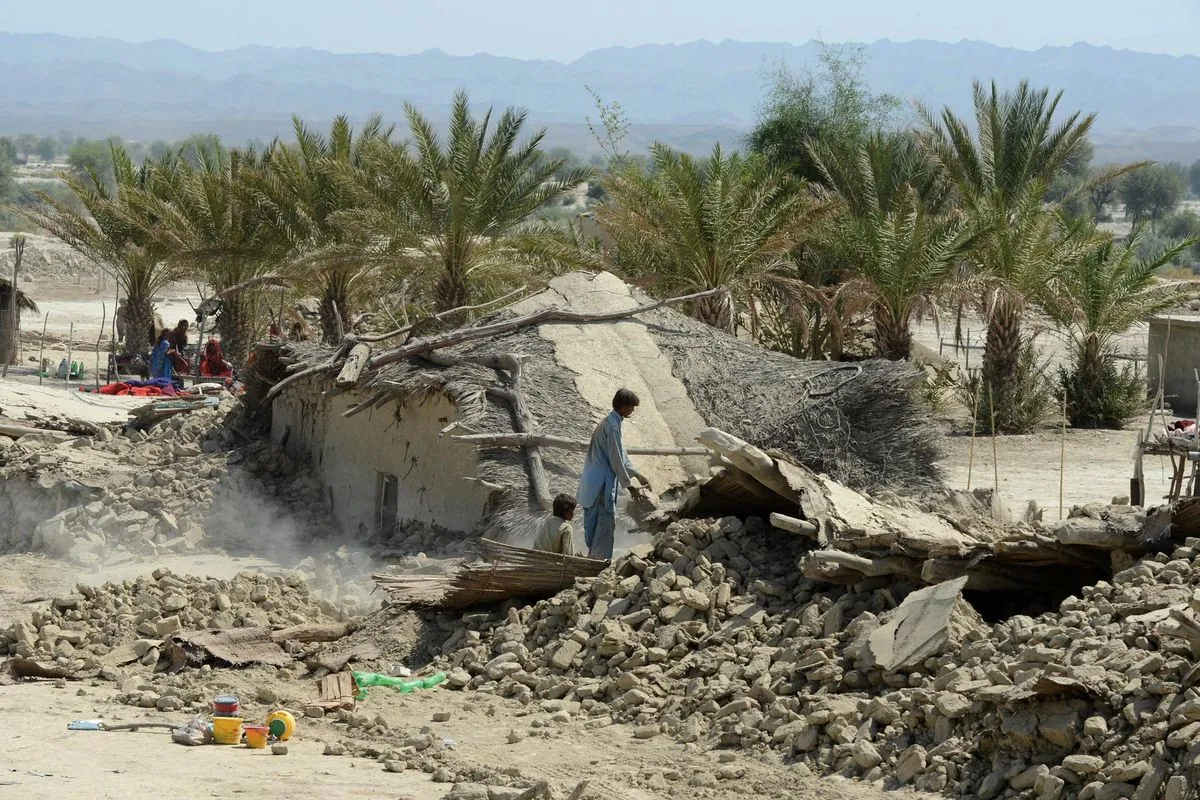A seismic event of moderate intensity occurred in the early hours of Tuesday, affecting parts of Pakistan and the disputed Himalayan region of Kashmir. The tremor, registering 5.3 on the Richter scale, caused alarm among residents but fortunately resulted in no immediate reports of structural damage or casualties.
Kashmir, a region known for its breathtaking landscapes and often referred to as "Paradise on Earth," found itself at the epicenter of this geological occurrence. The area, covering approximately 222,236 sq km, is situated in a seismically active zone, making it prone to such events. The region's complex geopolitical status, with both India and Pakistan claiming it in its entirety, adds another layer of complexity to any natural phenomena affecting the area.
According to the National Seismic Monitoring Centre in Islamabad, the earthquake's focal point was located in southwestern Kashmir, with tremors originating from a depth of 20 kilometers (12 miles). The seismic waves propagated across a significant portion of Pakistan, including the capital Islamabad, parts of eastern Punjab, and the northwestern Khyber Pakhtunkhwa provinces bordering Afghanistan.
Kashmir's geological vulnerability is not a new phenomenon. The region's seismic history includes a catastrophic event in 2005 when a 7.6 magnitude earthquake resulted in widespread devastation. That particular disaster led to the loss of over 86,000 lives, serving as a stark reminder of the area's geological instability.
The Kashmir conflict, rooted in the 1947 partition of India, has been a source of tension for decades. Despite its tumultuous political landscape, the region boasts a rich cultural heritage, diverse ecosystem, and a economy primarily supported by agriculture and tourism. Kashmir is renowned for its handicrafts, particularly the exquisite Kashmiri shawls, which have gained global recognition.
While earthquakes pose significant challenges, Kashmir's resilience is evident in its ability to maintain its status as a tourist destination. The region's varied climate, ranging from alpine conditions in higher elevations to subtropical environments in lower areas, contributes to its ecological diversity and attracts visitors from around the world.
As authorities continue to assess the impact of this recent seismic event, the incident serves as a reminder of the importance of disaster preparedness in geologically active regions. The absence of immediate damage reports is a positive sign, but it also underscores the need for ongoing vigilance and improved infrastructure to mitigate potential risks associated with future earthquakes in this seismically vulnerable area.
